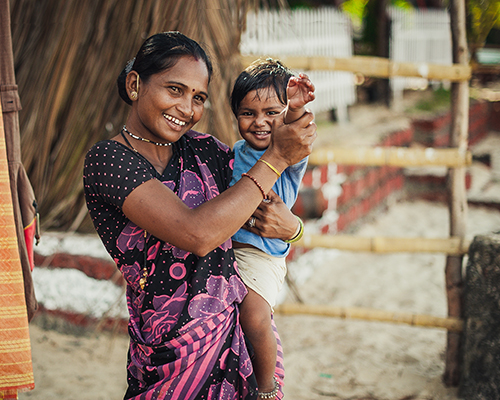Baseline Energy Access Survey in India Andhra Pradesh, Jharkhand, Rajasthan & Uttar Pradesh
The limitations of the definition of the energy access, the recent discourse in energy access suggested that access to energy should not be a binary measure or a “single-step transition” but a “continuum of improvements” over time. However, electricity access remained predominantly understood in technical terms, with a focus on an “increasing level of electricity consumption over time” without conceptualizing its multi-dimensional nature such as a nuanced understanding of various parameters such as availability, reliability, affordability, convenience, safety and even legality of access. To address the measurement issue, The World Bank’s Energy Sector Management Assistance Programme (ESMAP) has developed a new methodology for measuring energy access: The Multi-Tier Tracking Framework (MTF). MTF redefined energy access by substituting the traditional binary definition with a multidimensional definition as “the ability to avail energy that is adequate, available when needed, reliable, of good quality, convenient, affordable, legal, healthy and safe for all required energy services across household”. In the framework, energy access was measured across a range of parameters in a tiered-spectrum, from Tier 0 (no access) to Tier 5 (the highest level of access).
Sambodhi had finalised the study design. The sampling methodology deployed to the survey in each state was multi-stage stratified random sampling in three consecutive stages, viz., selection of districts/DISCOM areas, selection of blocks/towns and selection of villages/census enumeration blocks (CEBs). In each village and CEB, the study selected households, community/facility service centres and formal & informal enterprises. A total sample size of 14,000 households were covered from all the four states. In addition, 1,200 enterprises were interviewed in UP and Jharkhand each and 150-200 mini grid operators will be surveyed in Uttar Pradesh. The data were analysed using STATA/SPSS and report were submitted to World Bank on the study findings.

